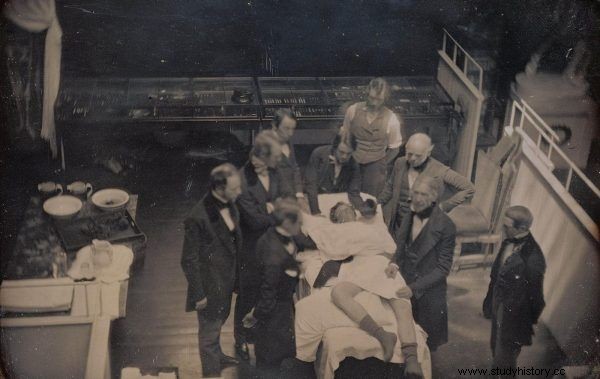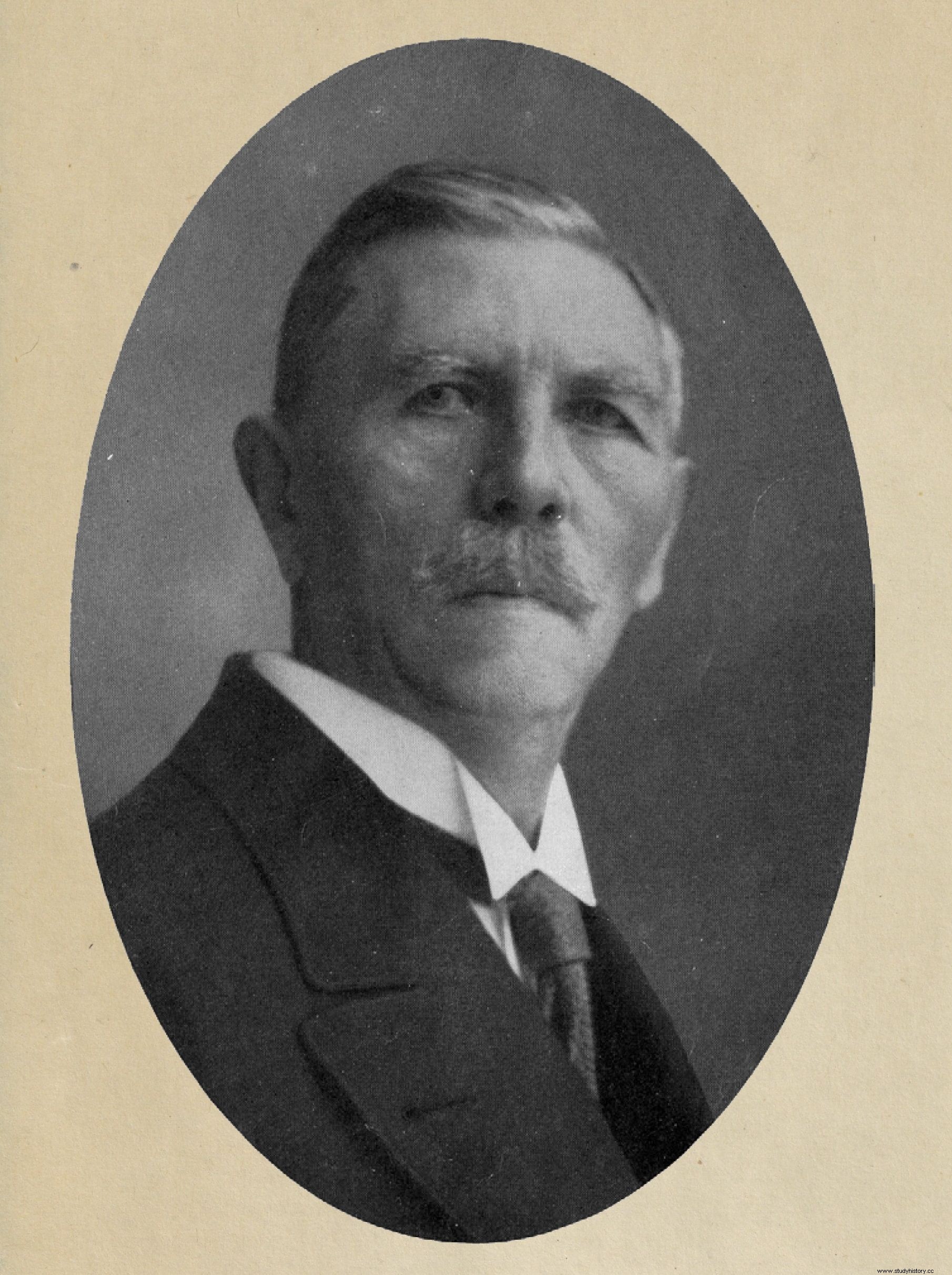Ancient surgeons had many achievements. They have successfully performed trepanation of the skulls. They took off the cataracts. They were even able to stop bleeding by ligating blood vessels. But they did not touch their hearts. Who dared to do it first?
As Thomas Morris emphasizes in the book "Matters of the heart. The history of the heart in eleven operations ” , for centuries the heart was not treated like any other organ, but "as an object of mysterious and meaningful nature". This approach only began to change in the 19th century. It was then that the first medics attempted to save patients whose most important muscle had been damaged.
First heart surgery. But are you sure?
The oldest medical textbooks considered the first successful heart surgery performed in 1872 by the London surgeon George Callender. The patient was a tinsmith who had got into a fight a dozen days earlier, and now felt severe chest pain and palpitations. As we read in "Matters of the heart":
Callender noticed a slight bulge between the ribs. He decided to look at him more closely. After putting the patient to sleep with chloroform, he made a small incision in the pectoral muscle. To his amazement, he saw a small metal object in it that vibrated with every beat of his heart. He pulled it out as gently as possible with forceps: a needle nearly five centimeters long emerged from the man's chest and must have been inserted into the heart muscle .
As it turned out later, the needle belonged to the patient himself, who had it stuck in his shirt on the unlucky day. During the fight, she pierced his chest and almost killed him. The operation was successful and Callender gained considerable publicity. However - as Morrison emphasizes - during the procedure the doctor neither exposed the organ itself, nor incised its surface.

Early medical textbooks attributed the first successful heart surgery to Dr. George Callender. Illustrative illustration.
A real Dr. Block's experimental bunny
The first to do so was a doctor from Gdańsk named Block. However, it wasn't a human, but a rabbit that got under his scalpel. The animal survived several operations. The physician boasted about his success in 1882 at the meeting of the German Surgical Society, causing a lot of sensation. Especially since has demonstrated the surprising endurance of the heart muscle . Previously, doctors were convinced of the delicacy of this organ, believing that "even the slightest manipulation will disturb its rhythm and result in instant death."
Now it was only a matter of time until someone successfully performed a similar procedure on the human. Axel Cappelen from Oslo was close to doing this. In 1894, a man who had been stabbed in the chest was brought to his ward. The surgeon decided to operate. As Thomas Morris recounts:
After putting the patient to sleep with chloroform and opening his chest, Cappelen noticed a severe internal bleeding. In the left ventricle of the heart there was a wound about two centimeters long, which the surgeon sewed up with a ketgut, synchronizing the punctures with the work of the heart, so as to avoid sudden jumps of the organ during contraction.
The treatment was apparently successful. The next morning the patient woke up and seemed to be recovering . Unfortunately, two days later he died. During the autopsy, it turned out that Cappelen did not notice a small wound in the artery during the procedure. It was disastrous:the operated patient bled out.
The attempt to save the dagger's victim, carried out two years later in Rome, also ended in failure. Here, the cause of death was infection. Ultimately, the palm of priority and the admiration of his colleagues fell to the Frankfurt surgeon Ludwig Rehn.
Up to three times a piece
Late at night, on September 7, 1896, the unfortunate man stabbed with a knife, covered in blood, was brought to the hospital where this doctor worked. Rehn didn't see the wounded man until the next morning. His condition was critical . The German surgeon, together with a colleague who was examining the wound, decided that the only hope for the victim would be an operation. Its course is described in the book Matters of the Heart. The history of the heart in eleven operations ”Thomas Morris:
Rehn entered the chest cavity and noticed a small cut in the pericardium. He made her bigger. Blood and clots were constantly pouring out of the heart area. The surgeon quickly noticed a nearly 1.5 cm wound in the heart muscle. By pressing with his finger, he stopped the bleeding, but with each contraction of the heart, the finger slipped off and the blood spurted again.
Rehn quickly made the decision to sew the wound with silk thread, a material that was easy to use and […] was not absorbed. In the interval between heartbeats, he pierced both sides of the wound with the needle, noting with horror that the heart stopped for a moment - but then it started again . After three sutures were placed, the bleeding stopped; "The heart continued to work and we were able to breathe freely" .

Ludwig Rehn, he was the one who performed the first successful heart surgery.
The operation was over without any problems. The patient had to spend several weeks in the hospital, but he came out completely healthy. The world learned about this groundbreaking event in April of the following year, when Rehn reported on the procedure at the surgeons' meeting in Berlin. As proof of his success, he invited Wilhelm Justus - the man whose life he saved - to the stage. The press literally went crazy. Correspondents were in such a hurry to deliver the sensational news that they misrepresented the doctor's name . As a result:
in the headlines in America and New Zealand, medical triumph was attributed to a certain "Dr. Rehe", while British readers followed the report of "Herr Relin" surgery with a flushed face. ” .
Rehn's success was the beginning of a great revolution. Over the next decades, cardiac surgeons did things that were previously considered impossible. In this way, it was possible to save the lives of many people who would have had certain death a few years earlier.
Source:
Trivia is the essence of our website. Short materials devoted to interesting anecdotes, surprising details from the past, strange news from the old press. Reading that will take you no more than 3 minutes, based on single sources. This particular material is based on the book:
- Thomas Morris, Matters of the heart. The history of the heart in eleven operations , Wydawnictwo Literackie 2019.
